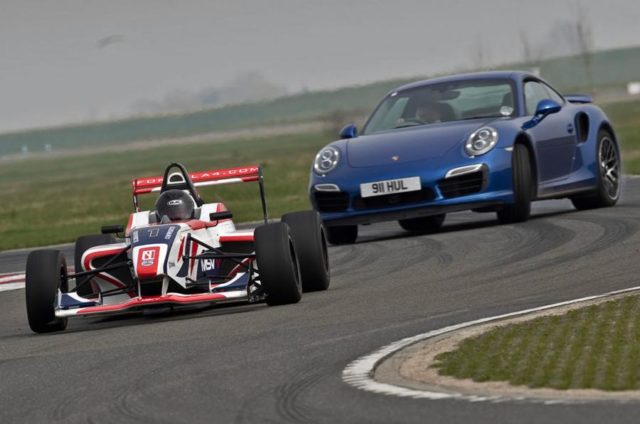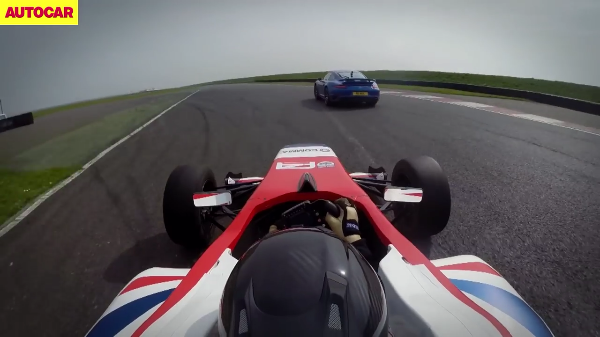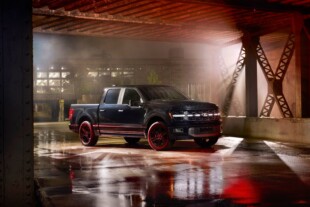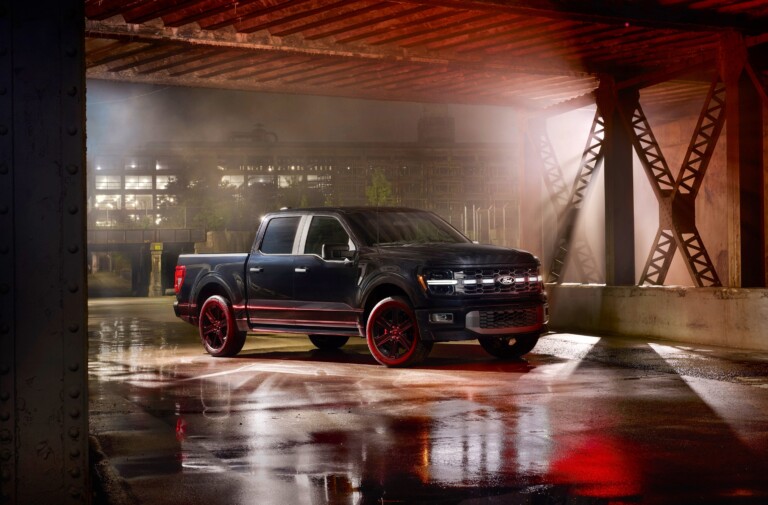The 911 Turbo remains the best all-around supercar on the market today. That might be a contentious statement to some, but few supercars blend everyday practicality, mouth-watering looks, and frightening performance so seamlessly. Over the course of four decades, the 911 Turbo went from a bare-fanged bruiser to the accommodating all-weather weapon we now know it to be.
At its roots, the 911 Turbo still is a genuine rocketship, but the unfortunate price paid for the wide range of capabilities is a lot of weight. The space-age torque vectoring, variable-vane turbos, and four wheel-drive make it exploitable by the least-qualified speed demons, but with that accessibility comes serious heft. If the unflappable 911 Turbo has an Achilles’ heel, it’s that flab which makes it suitable as a long-distance tourer.
Well, if there’s one kind of car that can capitalize on that weakness, it’s a formula car. The newest line of single-seater racers is the Formula 4: boasting big downforce and some decent poke from the 2.0-liter motor. It’s still a momentum car though, meaning it has much more grip than it has grunt: just a mere 185 Shetland ponies from a 2.0-liter Ford Duratec motor. Taking into consideration that discrepancy in power, how does the featherweight F4 fare against a force-fed monster that hits 60 mph in 2.6 seconds and tops out at 198 mph?
Horses for Courses
Well, if power-to-weight ratios were everything, this contest might be closer than one might think. However, this is a battle of grip. While the F4 is unquestionably the quicker car over the course of a lap, it suffers significantly in the straights, where, despite having a Sadev six-speed ‘box, looks pitifully slow when compared to the low-flying missile from Stuttgart.
The Porsche’s speed there comes down to both four wheel-drive traction and warp-factor acceleration. With 516 lb-ft of torque at 2,100 rpm running through the amazing PDK gearbox, the surge is otherworldly and will leave thoroughbred racers like the F4 standing still at the corner exit.
Working for the Money
As the driver accustoms themselves to the finicky F4, the Porsche driver switches to the classical station and waltzes away into the distance. The Porsche’s driver can clumsily prod the throttle with their loafer and get away with it; the four wheel-drive system does its job well and unobtrusively.
The real advantage of the Porsche is its usability; one can get in it and go quickly. The F4 is more of an ordeal. The tires and brakes must be warmed before the car responds; outside their operating temperatures they may as well be made of wood. In fact, Steve Sutcliffe nearly hit the back of the Porsche when the cold fronts locked under braking. The Porsche offers you all of its performance wrapped in a bow and served on a silver platter, but the F4 dangles its offerings at the end of a stick and makes you work for them.
In order for driver to unlock the F4’s potential, they’ll have to refine their inputs to the millimeter, carry enough speed to get the cold and recalcitrant tires up to working temperature, and refrain from losing the smallest increments of speed through ham-fisted driving. With a new set of abilities in their utility belt, the F4 driver will find their braking distances halved and their mid-corner speeds doubled. There really are two characters to the F4 car, which won’t open its treasure chest unless the driver earns it.























